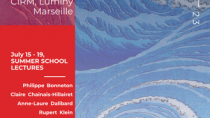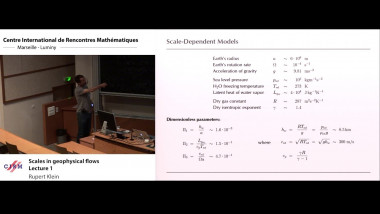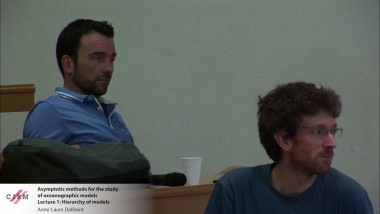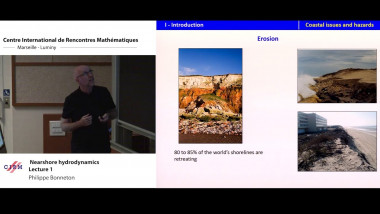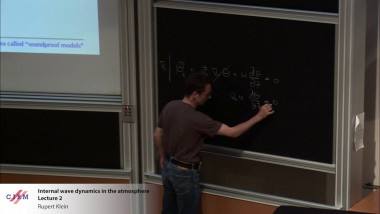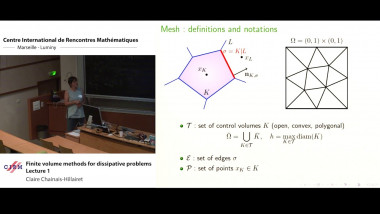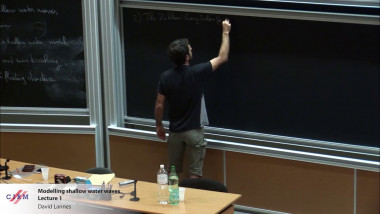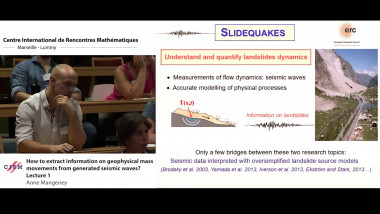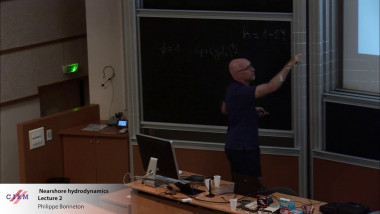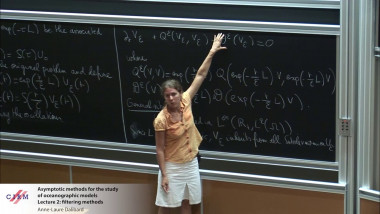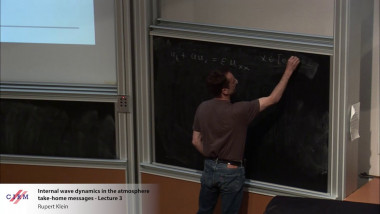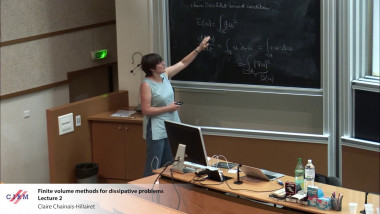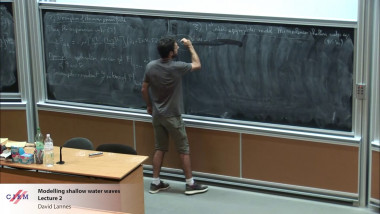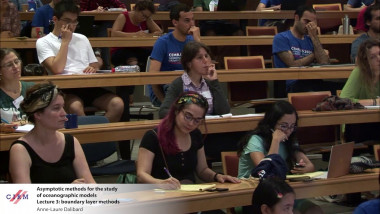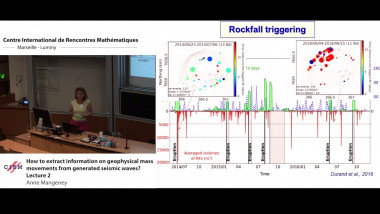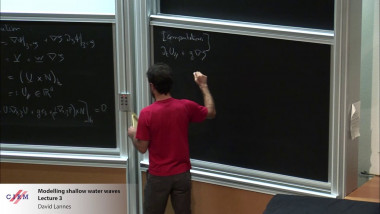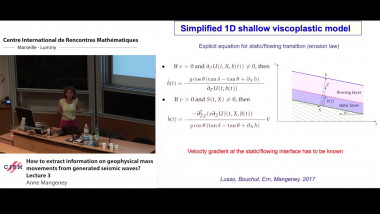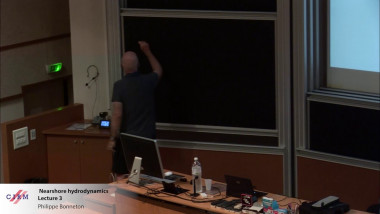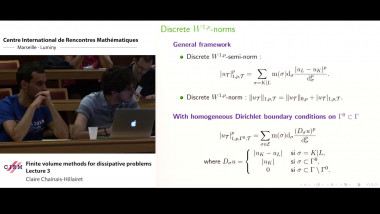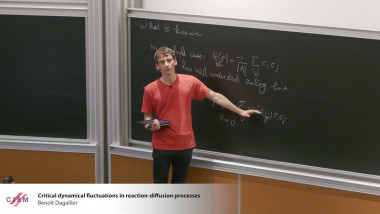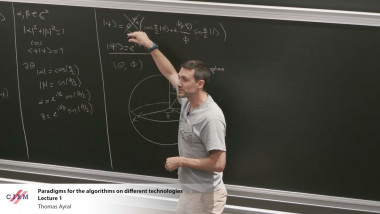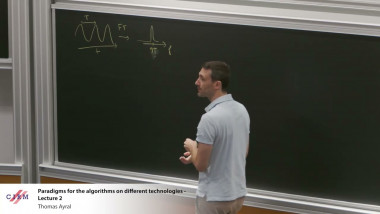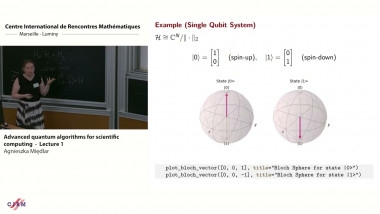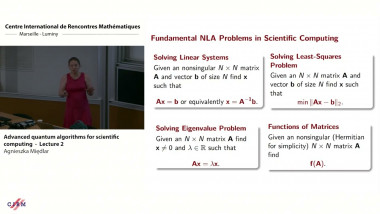Modelling shallow water waves - Lecture 1
By David Lannes
Also appears in collection : Research School
A good understanding of waves in shallow water, typically in coastal regions, is important for several environmental and societal issues: submersion risks, protection of harbors, erosion, offshore structures, wave energies, etc. The goal of this serie of lectures is to show how efficient asymptotic models can be derived from the full fluid equations (Navier-Stokes and Euler) and to point out several modelling, numerical and mathematical challenges that one still has to understand in order to describe correctly and efficiently such complex phenomena as wave breaking, overtopping, wave-structures interactions, etc.
I Derivation of several shallow water models
We will show how to derive several shallow water models (nonlinear shallow water equations, Boussinesq and Serre-Green-Naghdi systems) from the free surface Euler equations. We will consider first the case of an idealized configuration where no breaking waves are involved, where the water height does not vanish (no beach!), and where the flow is irrotational – this is the only configuration for which a rigorous justification of the asymptotic models can be justified.
II Brief analysis of these models.
We will briefly comment the mathematical structure of these equations, with a particular focus on the properties that are of interest for their numerical implementation. We will also discuss how these models behave in when the water height vanishes, since they are typically used in such configurations (see the lecture by P. Bonneton).
III Vorticity and turbulent effects
We will propose a generalization of the derivation of the main shallow water models in the presence of vorticity, and show that the standard irrotational shallow water models must be coupled with an equation for a ”turbulent” tensor. We will also make the link with a modelling of wave breaking proposed by Gavrilyuk and Richard in which wave breaking is taken into account as a source term in this additional equation.
IV Floating objects.
This last section will be devoted to the description of a new approach to describe the interaction of waves in shallow water with floating objects, which leads to several interesting mathematical and numerical issues.











